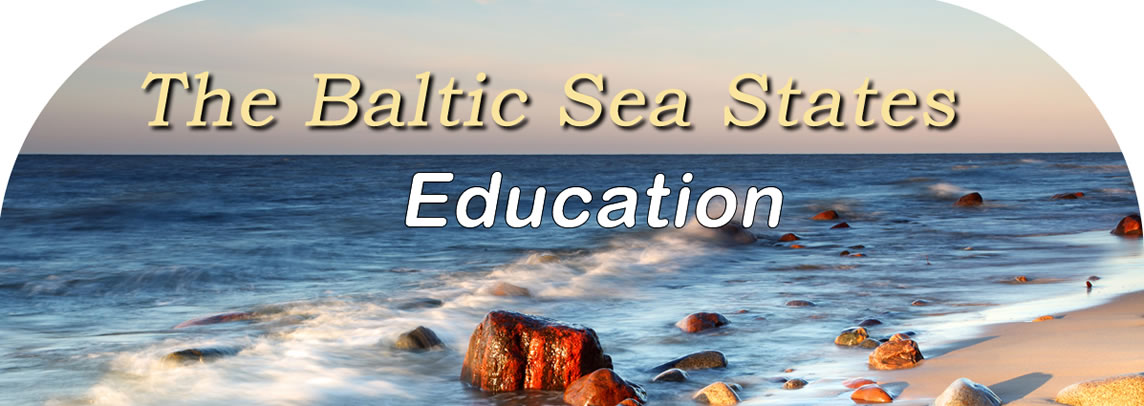
Educational policies in Norway
Norwegian educational policy
is deeply rooted in allowing all members of society to have the
equal right to a quality education, regardless of where in Norway
they live or their cultural and social background. It is the
responsibility of the schools to provide welfare for all and a basis
for wealth creation. They must also promote social mobility, as well
as convey both culture and knowledge.
The teaching that takes places at schools in Norway is to be adapted
to the skills and abilities of the individual students. Disabled
students are to have easy access to special education. Students who
are not able to participate in regular school activities are also
entitled to easy access to whatever special education they may
require. The amount of students belonging to language minorities is
increasing due to the rise in immigration. Consideration must be
given to language minority students' special needs, according to the
Norwegian educational policy. This allows the language minority
students to finish upper secondary education and begin higher
education, if they desire.
The government and the Storting (Norwegian national assembly) are
responsible for establishing the budgetary frameworks and specifying
the objectives of the educational sector. The agency responsible for
educational matters is the Ministry of Education and Research. They
are also responsible for the implementation of the national
education policy. The school system of Norway is unified and based
on a common standard. As a way of ensuring that the educational
standards of the government are met, a national curriculum was
introduced.
There is a 10 year compulsory education in Norway. In primarily
consists of lower secondary education. It is optional to have upper
secondary education. Educational authorities in the county
administration have the responsibility of making sure that the
appropriate amount of education is accessible to adults, young
people and children in all counties and municipalities. The
operation of lower and primary secondary schools is controlled by
the individual municipalities. The counties control the upper
secondary schools.
Educational programs at universities comprise the higher education
sector. The completion of three years of upper secondary education
is necessary to be admitted to these programs. The state operates
all of the higher learning institutions in Norway, except for a few
institutes that are private. All institutions have a large amount of
administrative and academic autonomy.
Public education up to and including the upper secondary level in
Norway is free. The tuition is usually small for the higher
education programs that are found at institutions that are run by
the state. In 1947, the State Education Loan was founded. This
offers student grants and loans to pay for the cost of living for
students in higher education programs. There is also funding
available for students from Norway who want to go to school in a
different country.
Private schools that are independent help to supplement the public
school system. There is specific criteria that these private schools
must follow in the Directorate of Primary and Secondary Education
regarding the money they provide to public schools. Government
funding is available for authorized independent private schools.

© Baltic21.org
2013, All Rights Reserved |

